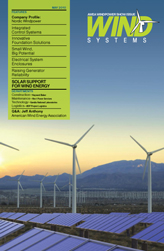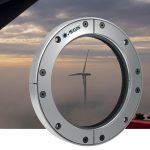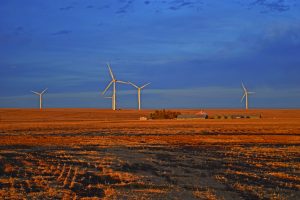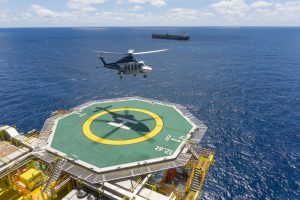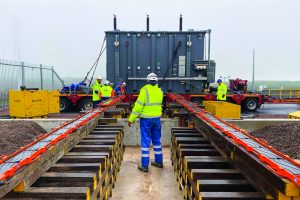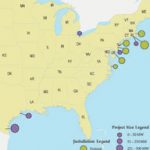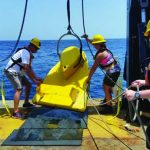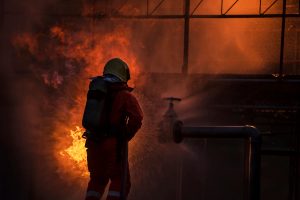Offshore energy production is gaining traction as consumption of electricity from conventional sources declines and renewable sources continue to grow. Countries and companies alike are gaining confidence in this relatively new opportunity for renewable power. Offshore wind velocity is generally higher and the wind more consistent, compared to onshore winds. That can provide greater capacity, increased energy production, and greater revenue for offshore wind farms. Plus, as turbines are built further offshore, perhaps on special floating platforms, even greater amounts of wind energy can be harnessed.
One of the first wind farms in the world is in the North Sea off the northeast coast of the UK, which also has awarded licenses to develop 32 gigawatts from a number of wind farm locations ranging from the English Channel to the North and Irish Seas. The European Wind Energy Association anticipates 70-percent growth in its offshore wind sector this year, leading to that sector providing 10 percent of the electricity in the European Union upon completion of all planned projects. China is developing its own share of the market. Asia’s first offshore wind power plant recently completed the installation of 34 wind turbines in Shanghai. According to a senior energy official, China will give top priority to developing offshore wind power projects this year. Spain, home to the world’s largest wind power producer, is also expanding its presence in the offshore market.
Although the United States has dragged its feet on offshore power, a recent government report by the U.S. Department of Energy pointed to latest estimates of the nation’s wind energy potential as three times what the agency had estimated earlier. Not counting Hawaii and Alaska, they say production could be 37-million gigawatt hours of wind power annually, which is nearly 10 times the total power generated in the U.S. in 2009, around four million gigawatt hours. Problems for offshore power development could be just over the horizon, however, unless the right resources are in place.
As the offshore wind market grows there are already bottlenecks in the supply of transportation components. Ironically, in the UK, offshore wind is competing with offshore oil and gas for many of the same vessels and support craft, of which there are currently very few. While there are plans to build more specialized vessels, the supply-demand situation means there could be significant delays.
Just like the development and erection of onshore wind farms, the logistics and construction pieces have to fit perfectly for offshore. It is still about reliability—on-time delivery, and within budget.
While larger components for offshore farms generally can be transported more easily than onshore, there are special or additional logistics expertise required for offshore projects, such as selecting the most appropriate port facilities for successful deployment, infrastructure issues, and specialized vessels for transportation, as well as loading oversize components on vessels and their safe transit to the site even in the most difficult weather conditions—the new Siemens 3.6 megawatt wind turbine towers are around 230 feet tall and have blades 192 feet long, for example.
It makes sense to work with a logistics provider that is already engaged in the wind power industry and has deep experience in the maritime and civil engineering sectors; an experienced 3PL and 4PL resource that can see and resolve logistical challenges before they become problems and has the proven capacity to deliver. That means a company with a global network that can provide a vast sourcing perspective to bring all the components from various suppliers to a final destination in a cost-efficient manner. A project logistics company with experience in key trade lanes—such as China to Europe and the United States—is important, especially as the volume of components being shipped continues to increase. As the offshore wind power industry evolves and develops, you need an experienced logistics partner to help you overcome the inherent challenges.
















